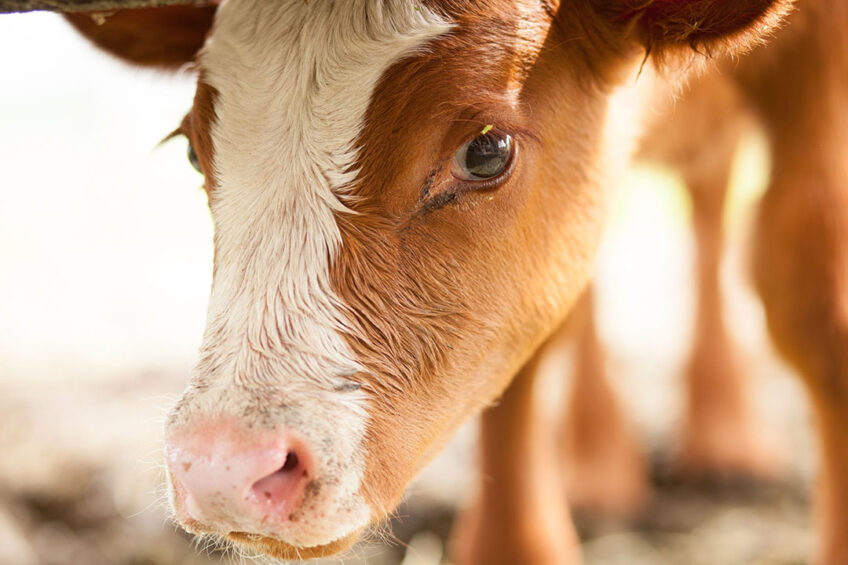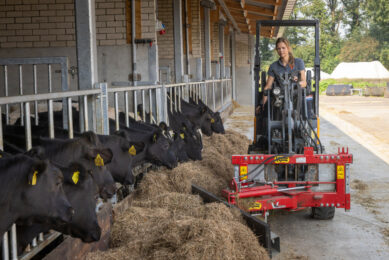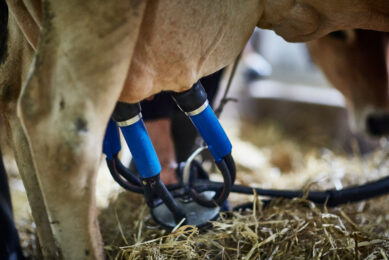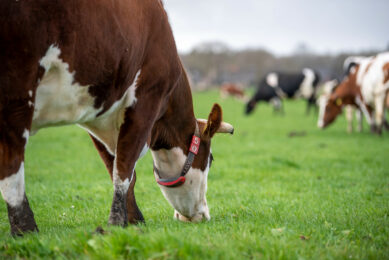Real-time monitoring of Bovine Respiratory Disease

Bovine Respiratory Disease causes the UK agriculture sector losses of £80 million a year through cattle mortality, veterinary bills, increased labour, and reduced animal productivity. But now an innovative project aims to develop automated and real-time monitoring to provide an early warning system for dairy farmers.
Known as the DETECT project, the research involves Scotland’s Rural College, the UK Centre for Ecology and Hydrology (UKCEH), Roboscientific, Zoetis and Ritchie.
UKCEH scientists will take samples of the breath of healthy cattle and those that are confirmed to have BRD. They will then use a chemical ionisation mass spectrometer to identify which particular gases known as volatile metabolites are associated with healthy or diseased cattle.
This will inform the development of low-cost sensors that will be integrated into automatic calf feeders to monitor the breath of animals as they feed. Electronic ear tags allow the test results to be linked to specific animals.
Non-invasive monitoring of BVD
This system of non-invasive passive monitoring is a new approach because techniques to obtain a sample of breath until now have typically involved animal handling, such as the use of nasal swabs or fixing a mask to individual animals.
A UKCEH study published last year in the Journal of Breath Research, ‘Passive breath monitoring of livestock: using factor analysis to deconvolve the cattle shed’, established the method could work.
Dr Ben Langford from UKCEH, who led the study and is part of the DETECT project team, said: “Reducing the impact of disease in calves will improve the animals’ welfare and productivity, as well as saving farmers money and time. It would also reduce the use of antibiotics, helping to combat antimicrobial resistance, which is a growing problem in the agricultural sector.”
Often hard to detect visually, respiratory disease means that animals do not put on weight as quickly, and cows producing less milk. Beef cattle take longer to reach market weights and feed and vet bills of affected animals are higher.
The new sensors have been developed by Roboscientific and will be trialled on 6 major dairy farms. The aim is for a commercial monitoring system that will alert farmers by text when a diseased animal is detected. This would allow the farmer to immediately isolate that animal and prevent herd spread infection.
It will be designed so that it can be integrated into any calf shed to provide adaptable, automated and real-time monitoring of disease of individual animals.
The project has received a grant of £700,000 through Innovate UK – one of 19 successful projects funded through the Farming Futures Automation and Robotics competition.
Join 13,000+ subscribers
Subscribe to our newsletter to stay updated about all the need-to-know content in the dairy sector, two times a week.










